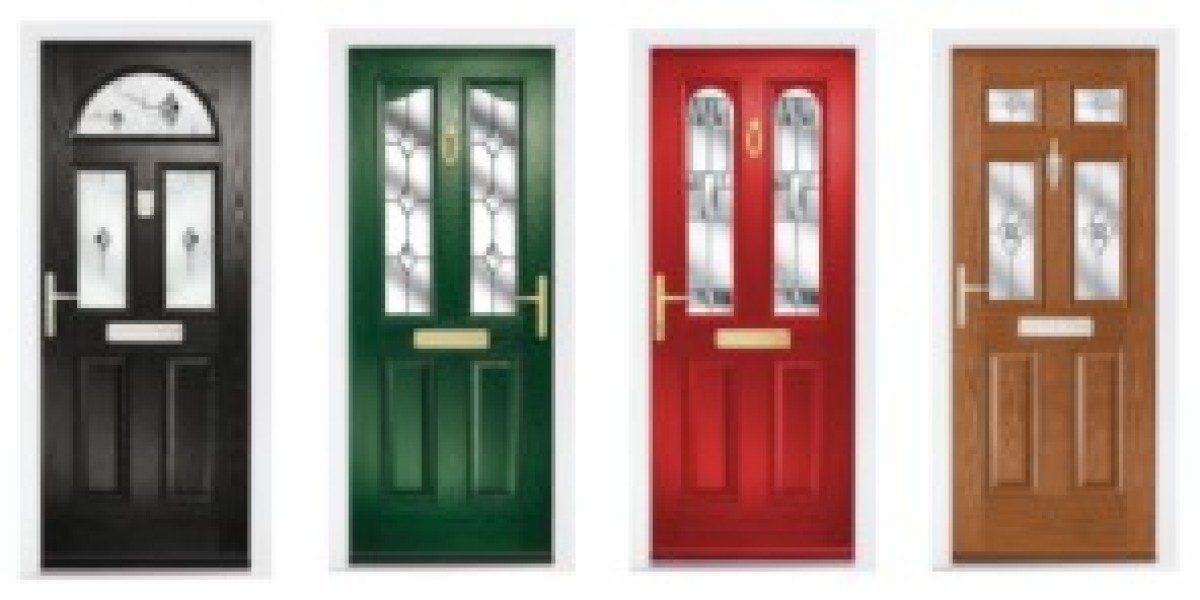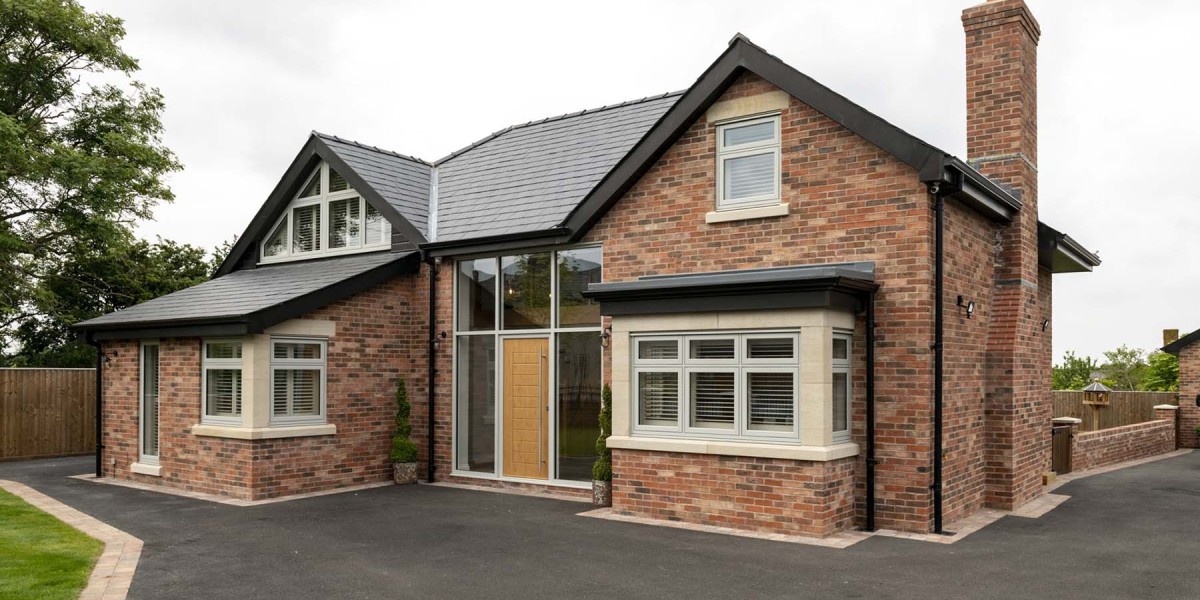Professional Composite Door Repair: A Comprehensive Guide
composite door repair advice doors, known for their toughness, security, and visual appeal, are a popular option for property owners. However, like any other door, they can experience wear and tear over time. Professional composite door repair is important to maintain the functionality and appearance of these doors. This post provides a detailed guide on professional composite door repair, including common issues, repair approaches, and maintenance pointers.
Comprehending Composite Doors
Composite doors are made from a mix of materials, normally consisting of wood, plastic, and in some cases metal. This blend offers a number of advantages:

- Durability: Composite doors are resistant to warping, splitting, and rotting.
- Security: They are highly secure due to their robust building and multi-point locking systems.
- Energy Efficiency: The materials utilized in composite doors offer outstanding insulation, helping to minimize cooling and heating expenses.
- Aesthetics: They can simulate the appearance of conventional wood doors while requiring less maintenance.
Typical Composite Door Issues
Before diving into repair techniques, it's crucial to recognize typical concerns that might need professional attention:
- Cracks and Chips: Minor damage can occur due to impact or weathering.
- Deformed Panels: Exposure to severe temperatures or humidity can cause panels to warp.
- Locking Mechanism Problems: The locking system can become malfunctioning, impacting the door's security.
- Seal Deterioration: The weatherstripping and seals can wear, leading to drafts and energy loss.
- Hinge Issues: Loose or rusted hinges can affect the door's alignment and operation.
Professional Repair Methods
When it comes to composite door repair, professional proficiency is frequently essential to make sure the job is done correctly. Here are some typical repair approaches:
Repairing Cracks and Chips
- Assessment: A professional will examine the extent of the damage to determine if a repair is possible.
- Preparation: The damaged area is cleaned and gotten ready for repair.
- Filling: A specialized filler is used to fill in the fractures or chips.
- Ending up: The repaired area is sanded smooth and painted or stained to match the remainder of the door.
Addressing Warped Panels
- Diagnosis: A professional will identify the cause of the warping, which might be due to moisture or temperature modifications.
- Change: In some cases, the door can be gotten used to remedy the positioning.
- Replacement: If the warping is serious, the panel or the entire door might require to be changed.
Fixing Locking Mechanism Problems
- Evaluation: The locking mechanism is thoroughly examined to determine the issue.
- Lubrication: Moving parts are oiled to guarantee smooth operation.
- Replacement: Faulty elements are replaced with new ones.
- Evaluating: The lock is evaluated to guarantee it works correctly.
Replacing Seals and Weatherstripping
- Removal: Old, deteriorated seals are carefully removed.
- Measurement: New seals are determined and cut to fit the door.
- Setup: The brand-new seals are set up, making sure a tight fit.
- Sealing: Any spaces are sealed to prevent drafts and wetness intrusion.
Handling Hinge Issues
- Tightening: Loose hinges are tightened with screws.
- Lubrication: Hinges are oiled to lower friction and sound.
- Replacement: If hinges are seriously rusted or damaged, they are changed with brand-new ones.
Maintenance Tips
Regular maintenance can substantially extend the life of a composite door and prevent the need for significant repairs. Here are some maintenance suggestions:
- Clean Regularly: Use a moderate detergent and water to clean up the door surface.
- Check Seals: Check the weatherstripping and seals for wear and tear.
- Lube Moving Parts: Apply lube to hinges and the locking system.
- Look for Damage: Regularly inspect the door for signs of damage and address concerns without delay.
- Preserve Proper Alignment: Ensure the door is properly lined up to prevent warping and sticking.
Frequently asked questions
Q: How frequently should I have my composite door professionally examined?A: It is advised to have your composite door inspected at least once a year by a professional to identify and resolve any prospective problems.
Q: Can I repair small damage to a composite door fix door myself?A: Minor damage such as little fractures or chips can often be repaired with a DIY method using an ideal filler and paint. Nevertheless, more substantial problems ought to be handled by a professional.
Q: What are the signs that my composite door needs to be changed?A: Signs that your composite door repair experts door may need to be replaced include serious warping, substantial damage, malfunctioning locks, and substantial energy loss.
Q: How can I prevent my composite door from warping?A: To prevent warping, ensure the door is correctly sealed, preserve a consistent indoor temperature level, and prevent exposing the door to excessive wetness.
Q: Are composite doors more secure than conventional wood doors?A: Yes, composite doors are typically more secure due to their robust construction and multi-point locking systems.

Professional composite Door repair experts door repair is vital for maintaining the functionality, security, and aesthetic appeal of these high-quality doors. By understanding common issues, repair methods, and maintenance suggestions, house owners can guarantee their composite doors stay in excellent condition for many years to come. Regular professional inspections and timely attention to any concerns can assist avoid major problems and extend the life of the door.
If you presume that your composite door needs repair, it's always best to speak with a professional who has the competence and tools to handle the job successfully.








